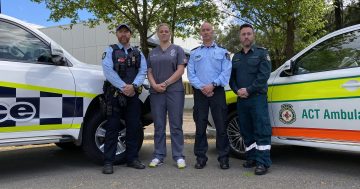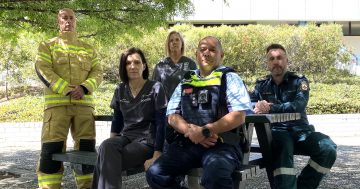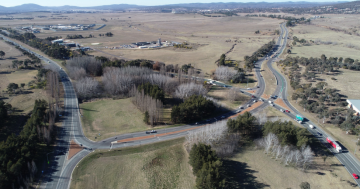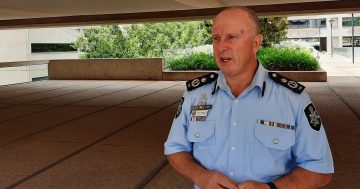The Canberra Times is having kittens over the ACT’s road toll which, due to isolated and unrelated incidents, has risen to 5 per 100,000 people, the second highest in Australia per capita behind the Northern Territory (Note: Also a very small jurisdiction).
With roads and cars ever safer the sad reality is that road tolls are going to fluctuate wildly (but still at historical lows). With a small population isolated events will have large impacts for those who read statistics badly.
So let’s try and keep a sense of perspective.


















